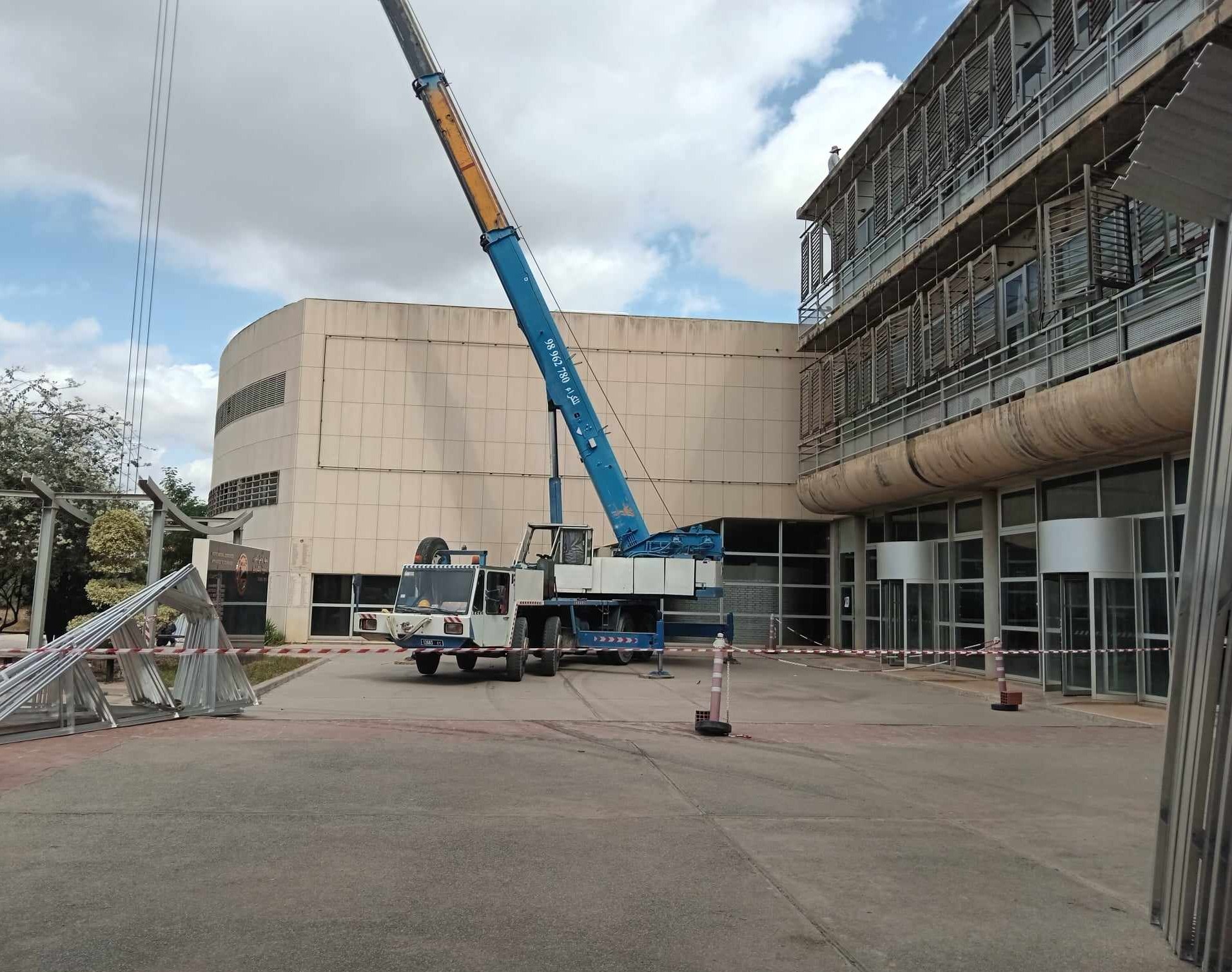I presume that at this point we all know that hell broke loose in our fellow African/Arab country, Sudan. It is quite heart-wrenching, however, to see how much we seem to misunderstand the issue. If it weren’t for those blue profile pictures, most of us would still be in the dark, myself included.
I tried my very best to get a TL;DR version of what’s happening since the issue seems a bit too complicated to get your head around it by reading one single article.
The issues basically started in 2011 when Sudan (which was previously the largest Arab country) decided to split into a Northern and a Southern entity with the former being mainly Mulsim and the latter being Christian and Animist mainly. It’s needless to say that the transition was not smooth since both countries had to not only create a border, but also had to split natural resources. May I bring to your attention that Sudan already went through two major civil wars in 1983 and in 1955.
In the midst of all of this Omar Al-Bashir was in office since 1989 after a military coup that he led to overthrow the former government. During his reign, he was accused of being a war criminal due to many events in the region of Darfur. He was notorious for dictatorship.

That’s the general Sudanese background, the melting pot that hosted the present issues. Well, here comes the classic in every third world country: the economic hurdles Sudan is going through led to the increase of the costs of vital needs to an unbearable extent and people were obliged to protest. The protests were extremely peaceful and had no signs of vandalism.
The protests were lead by the Sudanese Professionals Association (SPA) and they’re basically a congregation of Doctors, Engineers and Teachers that are trying to make a difference.

Source: BBC
The protests that sparked in December, 2018 were fruitful and ended with Omar Al-Bashir quitting. The people of Sudan were unaware that that was only the beginning of a massacre.
The country needed someone to be in charge temporarily, and that’s how the military ruled over Sudan. General Mohamed Hamdan Hemeti Dagolo is now the leader of Sudan. The protestors had hope since this government promised to be a bridge to democracy and a new Sudan, they were mistaken.
The military council continued to hold its grip on the country and seemed to have no intentions of giving Sudan the democracy it struggled to get. The SPA did not stand still and called for a general strike along with the unending protests on the streets. The communication between the current militay council and the SPA failed terribly and it led to a catastrophe.

Credits: Al Jazeera
The military council chose to silence those peaceful protests with militia attacks against unarmed protestors. People were not only getting massacred one protest camp after another, but some bodies were found ditched in the Nile. Endless injuries, rapes, arrests… A lot of people are still missing. Here’s a list that sums it:
- 500 Killed
- 723 Injured
- 650 Arrested
- 54 Raped
- 1000 Missing
- 118 Bodies found in the Nile
The SPA is still encouraging people to hold the line and keep fighting, and it’s reassuring to see that Sudan is going in that direction. The government is trying its best to cut every sort of telecommunication. We cannot know what’s happening in Sudan currently since the internet and phone services were cut off.
We are unable to tell what’s happening in Sudan due to this brutal isolation, people are held captive in their own country.

Moday, June 3rd, 2019
The people of Sudan that live abroad are starting a campaign to raise awareness through the indigo profile pictures. The color was not chosen randomly, it was Mohammed Mattar’s favorite color, he was one of the first victims of this massacre.

A picture of Mohamed Mattar.
It is our duty as fellow human beings to try to spread the news of what’s happening. Humanity is slowly deteriorating as we witness such acts of cruelty and fail to improve things. Things in Sudan will ievitably improve since peope seem to be aware and strong. Nothing can stop those who stand together as one.




Share your thoughts